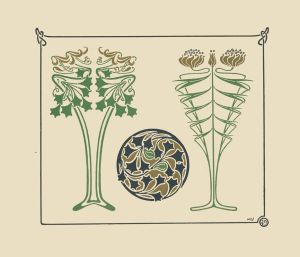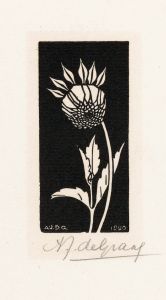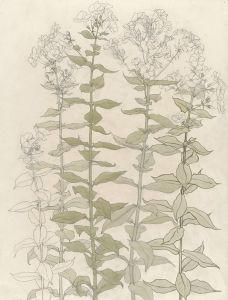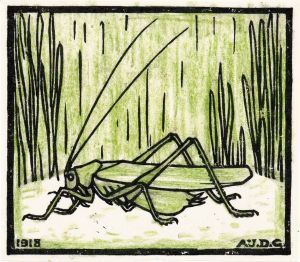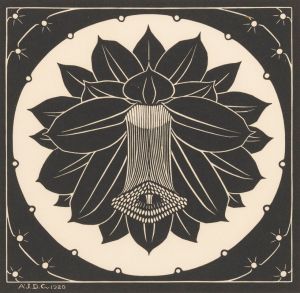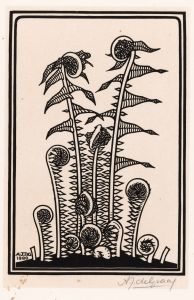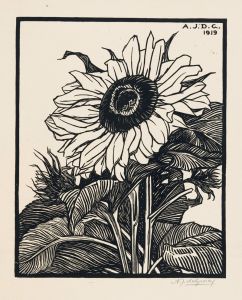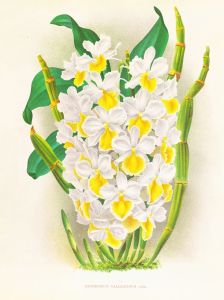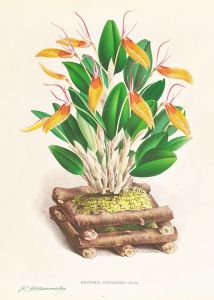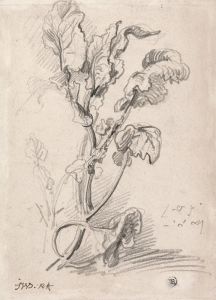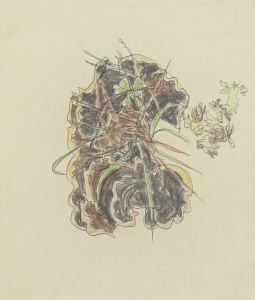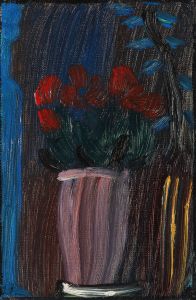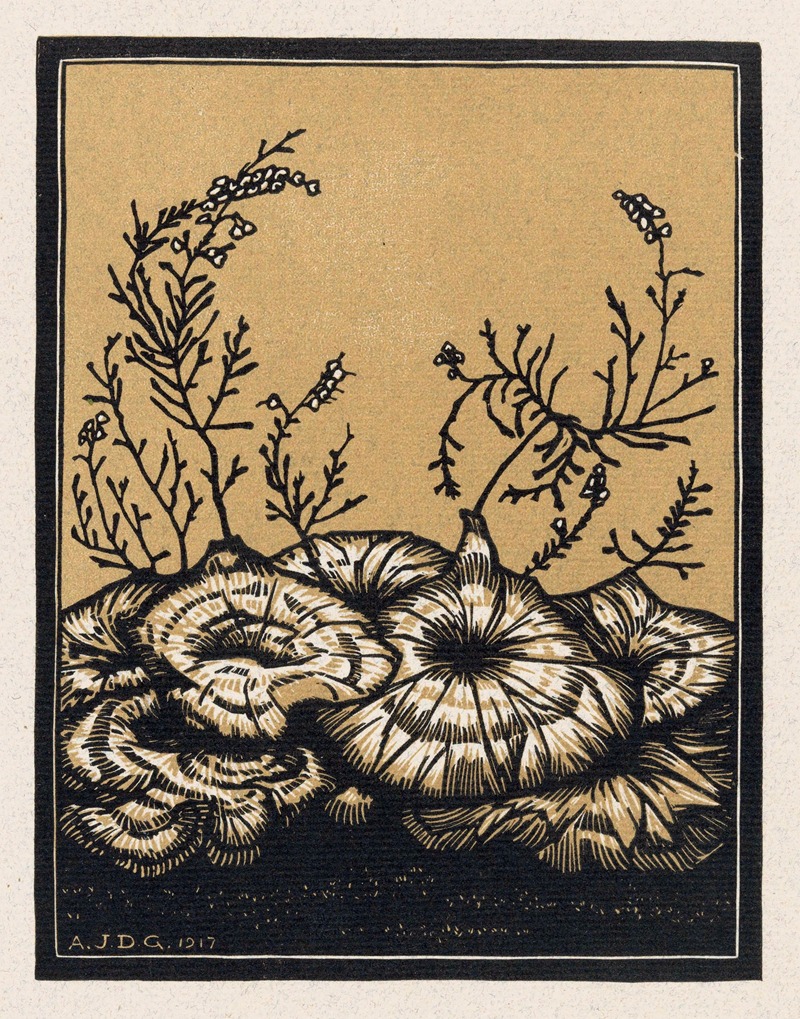
Bloeiende planten
A hand-painted replica of Julie de Graag’s masterpiece Bloeiende planten, meticulously crafted by professional artists to capture the true essence of the original. Each piece is created with museum-quality canvas and rare mineral pigments, carefully painted by experienced artists with delicate brushstrokes and rich, layered colors to perfectly recreate the texture of the original artwork. Unlike machine-printed reproductions, this hand-painted version brings the painting to life, infused with the artist’s emotions and skill in every stroke. Whether for personal collection or home decoration, it instantly elevates the artistic atmosphere of any space.
Julie de Graag (1877–1924) was a Dutch artist known for her graphic works, including woodcuts, linocuts, and drawings. Her work often depicted natural subjects, such as plants and animals, rendered in a highly stylized and detailed manner. One of her notable works is Bloeiende planten (translated as "Flowering Plants"), which exemplifies her meticulous approach to botanical illustration and her affinity for nature as a central theme in her art.
Bloeiende planten is a black-and-white linocut that showcases De Graag's characteristic precision and simplicity. The artwork features a composition of flowering plants, arranged in a way that emphasizes their natural forms and intricate details. The use of stark contrasts between black and white creates a striking visual effect, highlighting the delicate structure of the plants. This piece reflects De Graag's interest in the Art Nouveau movement, which often drew inspiration from organic forms and emphasized decorative qualities.
Julie de Graag's artistic career was relatively short, as she struggled with health issues and depression throughout her life. Despite this, her work gained recognition for its technical skill and aesthetic appeal. She was associated with the Hague School and was influenced by the broader trends in Dutch art during the late 19th and early 20th centuries. Her works often convey a sense of quiet introspection, which is also evident in Bloeiende planten.
The exact date of creation for Bloeiende planten is not documented, but it is consistent with the style and themes present in De Graag's body of work from the early 20th century. Her art is now considered an important contribution to Dutch graphic design and printmaking, and her pieces are held in various museum collections, including the Rijksmuseum in Amsterdam.
Julie de Graag's life was tragically cut short when she died by suicide in 1924 at the age of 47. Despite her relatively small output, her work continues to be appreciated for its craftsmanship and its ability to capture the beauty of the natural world with clarity and elegance. Bloeiende planten remains a testament to her skill as an artist and her deep connection to nature.





